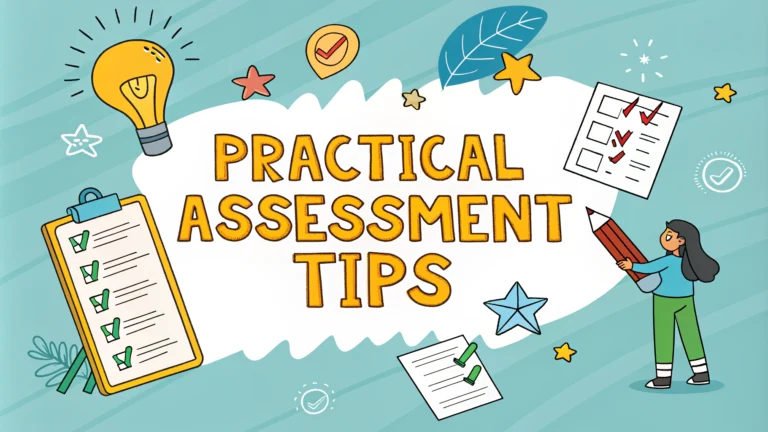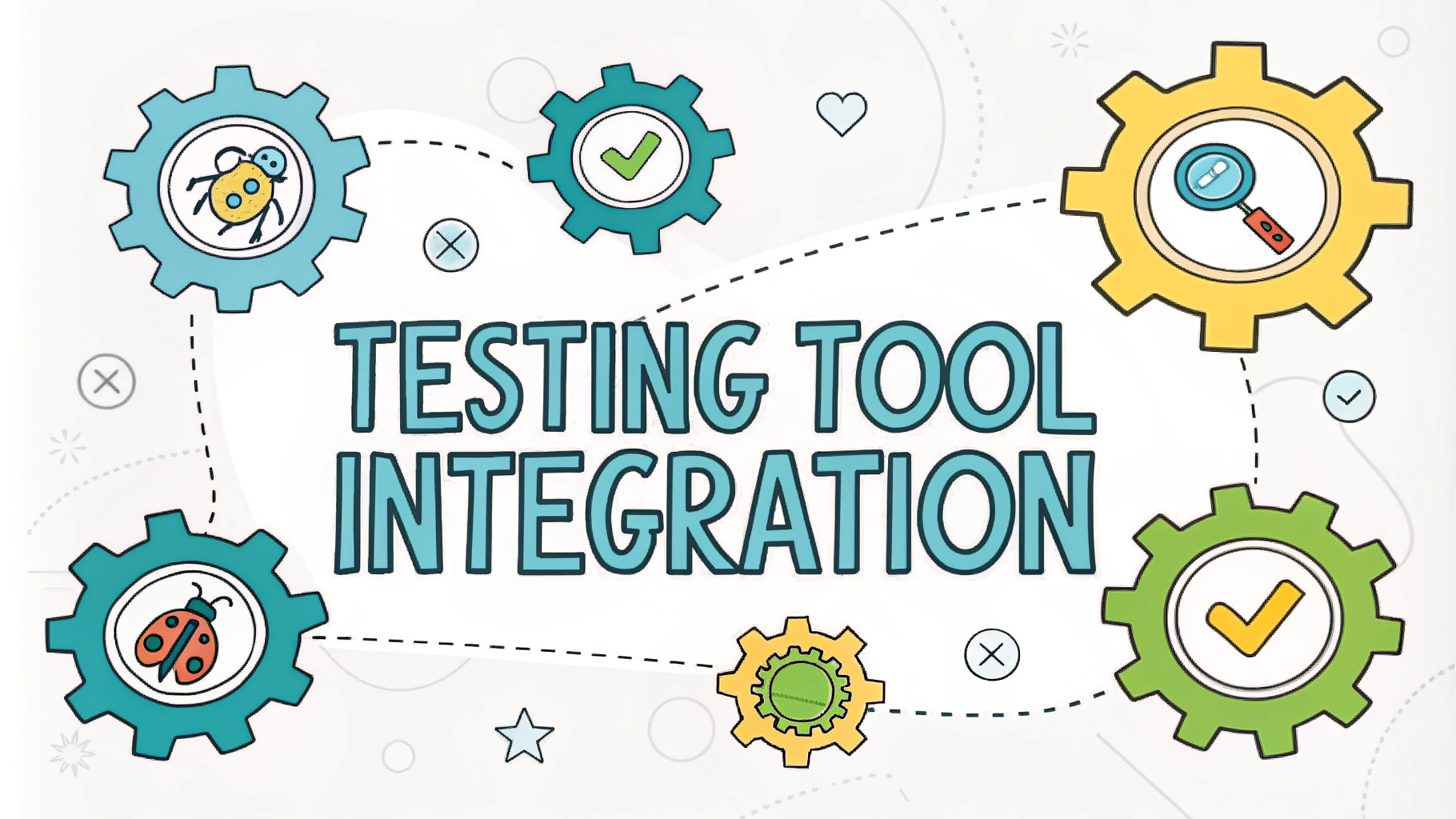Understanding penetration testing assessment methods helps identify security weaknesses before malicious actors can exploit them.
Regular security testing allows organizations to stay ahead of emerging threats and maintain robust defenses against potential breaches.
This guide covers practical assessment techniques for both new and experienced penetration testers to improve their testing methodology.
Pre-Assessment Planning
- Define clear scope and objectives with stakeholders
- Obtain written permission and proper authorization
- Document target systems and network boundaries
- Set up secure communication channels
- Prepare testing tools and environments
Essential Testing Tools
- Network Scanners: Nmap, Wireshark, TCPdump
- Vulnerability Scanners: Nessus, OpenVAS, Acunetix
- Web Application Tools: Burp Suite, OWASP ZAP
- Password Tools: John the Ripper, Hashcat
- Exploitation Frameworks: Metasploit, Canvas
Assessment Methodology
- Reconnaissance: Gather public information using OSINT tools
- Scanning: Identify active systems and open ports
- Vulnerability Assessment: Detect potential security weaknesses
- Exploitation: Attempt controlled breaches of discovered vulnerabilities
- Post-Exploitation: Document access levels and potential damage
- Reporting: Create detailed findings and remediation recommendations
Documentation Best Practices
- Record all testing activities with timestamps
- Screenshot evidence of vulnerabilities
- Maintain detailed logs of commands and tools used
- Document unexpected behaviors or anomalies
- Track successful and failed exploitation attempts
Risk Management
Always maintain backup systems and rollback procedures before testing.
Use staged testing environments when possible to prevent production system damage.
Monitor system health during testing to prevent service disruptions.
Legal and Ethical Considerations
- Never exceed authorized scope
- Protect client data confidentiality
- Follow responsible disclosure procedures
- Maintain professional insurance coverage
- Document all client communications
Resources and Training
Certifications:
- Offensive Security Certified Professional (OSCP)
- CompTIA PenTest+
- EC-Council Certified Ethical Hacker (CEH)
Practice Platforms:
- HackTheBox (https://www.hackthebox.eu)
- VulnHub (https://www.vulnhub.com)
- TryHackMe (https://tryhackme.com)
Moving Forward with Your Testing Program
Schedule regular assessments to maintain security posture and identify new vulnerabilities.
Keep testing tools and methodologies updated to address emerging threats.
Build relationships with security communities to stay informed about new attack vectors and defense strategies.
Continuous Improvement
- Review and update testing procedures quarterly
- Incorporate lessons learned from previous assessments
- Adapt methodology based on emerging threats
- Maintain knowledge of new exploitation techniques
- Participate in security conferences and workshops
Reporting and Communication
Executive Summary
- Present clear risk metrics and impact analysis
- Prioritize vulnerabilities by severity
- Include business context for technical findings
- Provide actionable remediation steps
Technical Documentation
- Detail exact reproduction steps for each finding
- Include relevant system configurations
- Document affected components and versions
- Provide proof-of-concept code when applicable
Building a Security Culture
Engage stakeholders through regular security awareness training.
Establish clear incident response procedures and communication channels.
Create feedback loops between security testing and development teams.
Securing Your Testing Future
Implement automated security testing where possible to complement manual assessments.
Develop metrics to measure the effectiveness of your security testing program.
Foster collaboration between red and blue teams to strengthen overall security posture.
Remember that penetration testing is an iterative process that requires constant evolution to match the changing threat landscape.
FAQs
- What are the essential tools needed for a practical penetration testing assessment?
Core tools include Nmap for network scanning, Metasploit for exploitation, Wireshark for packet analysis, Burp Suite for web application testing, and Kali Linux as the operating system. - How do I properly scope a penetration testing assessment?
Define clear boundaries including IP ranges, domains, applications, exclusions, testing windows, and obtain written permission for all systems to be tested. - What documentation should I maintain during a penetration test?
Maintain detailed logs of all activities, screenshots of findings, commands executed, timestamps, affected systems, and successful/failed exploitation attempts. - How should I prioritize vulnerabilities in my assessment report?
Use standardized scoring systems like CVSS, categorize findings by severity (Critical, High, Medium, Low), and consider business impact and exploitation difficulty. - What are the legal considerations before starting a penetration test?
Obtain written authorization, sign NDAs, ensure compliance with local laws, verify testing windows, and maintain documentation of permissions. - How do I avoid disrupting production systems during testing?
Use passive reconnaissance when possible, avoid DoS attacks, test during approved windows, maintain constant communication with system owners, and have an incident response plan. - What should be included in a professional penetration testing report?
Executive summary, methodology, findings with technical details, proof of concept, impact analysis, remediation recommendations, and risk ratings. - How do I properly validate findings before reporting them?
Verify exploitability, document reproducible steps, confirm false positives, test in isolation when possible, and gather sufficient evidence. - What are the best practices for post-exploitation activities?
Document access achieved, avoid lateral movement without explicit permission, maintain system integrity, and clean up/remove all tools after testing. - How should I handle sensitive data discovered during testing?
Encrypt all findings, report immediately to appropriate stakeholders, avoid copying sensitive data, and follow data handling procedures specified in the engagement contract.







